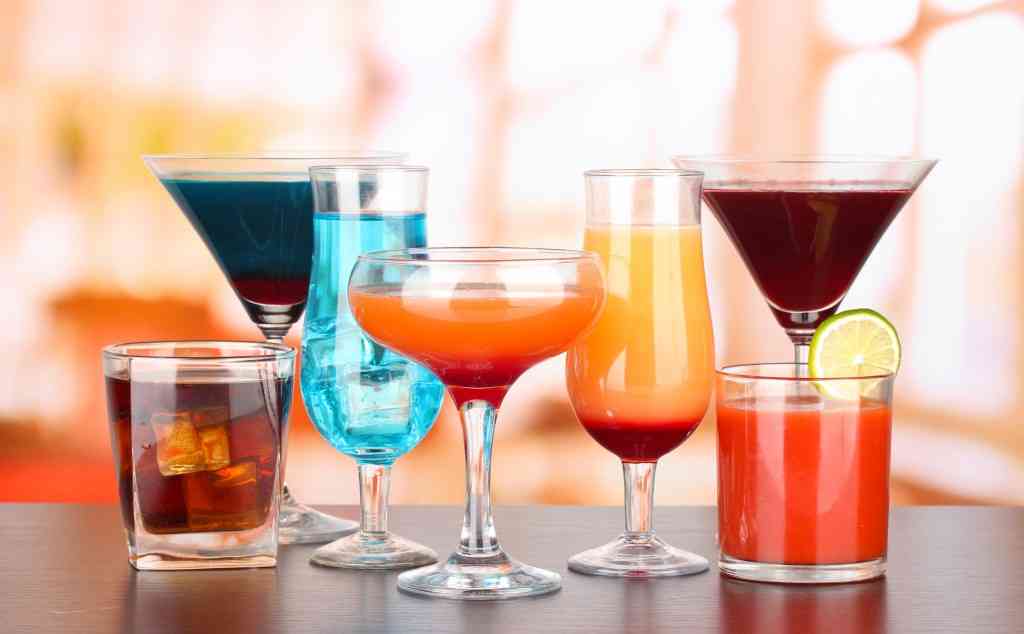
 Like in every other culture, beverage plays an important role in the Arabic tradition. But, what makes Arabic drinks distinct is that they’re mostly hot, despite the already burning climate in the region.
Like in every other culture, beverage plays an important role in the Arabic tradition. But, what makes Arabic drinks distinct is that they’re mostly hot, despite the already burning climate in the region.
According to Sisal Design House, the Middle Eastern people love their hot and spice-rich teas, local coffees, and semi-alcoholic drinks. They mainly use drinking occasions to socialize and bond with one another.
Tea
Arabic teas are surprisingly gourmet. Compared to Europeans, the Arabs use different spices to create deeper and more interesting flavours. So, if you’re not used to having tangy mint and cardamom infused teas, then you’re in for a big palate shock. Teas are a symbol of hospitality in the Middle East.
Coffees
The Arabic coffee is one of the two major types of beans: Robusta and Arabica. Arabica coffee beans serve as the staple ingredient for most brewers since they’re easier to cultivate and harvest. The Arabs call their coffees as “kahwa,” which have the same amount of punch as the espresso coffee shots.
Specialty Hot Beverages
The Middle East’s “Mate” is a popular beverage consumed only during important occasions. The Arabs would drink mate out of tiny cups using a propriety utensil called “spoon-straw.” Mate is comprised of grassy leaves poured with boiling water and sugar as desired. Other hot beverages include:
- Muggeli – a blended tea containing allspice, cinnamon and walnuts.
- Kammun – water or tea-based blend with added cumin, salt and preferred liquid.
- Kahwa Murrah – a household hot coffee brewed for an entire day served in brass or silver pots.
- Kahwa Amreekee – watery and sticky coffee blend same as most instant coffee.
- Arak – anise-flavoured alcoholic beverage that requires water and ice before drinking.
- Bira – Arabic beers, but these are rare since Arabs are forbidden to drink alcohol in most occasions.
For the Arabs, beverages serve as a medium to get together with friends, colleagues and even foreign guests in their countries. It’s a sign of their rich culture and hospitality.
